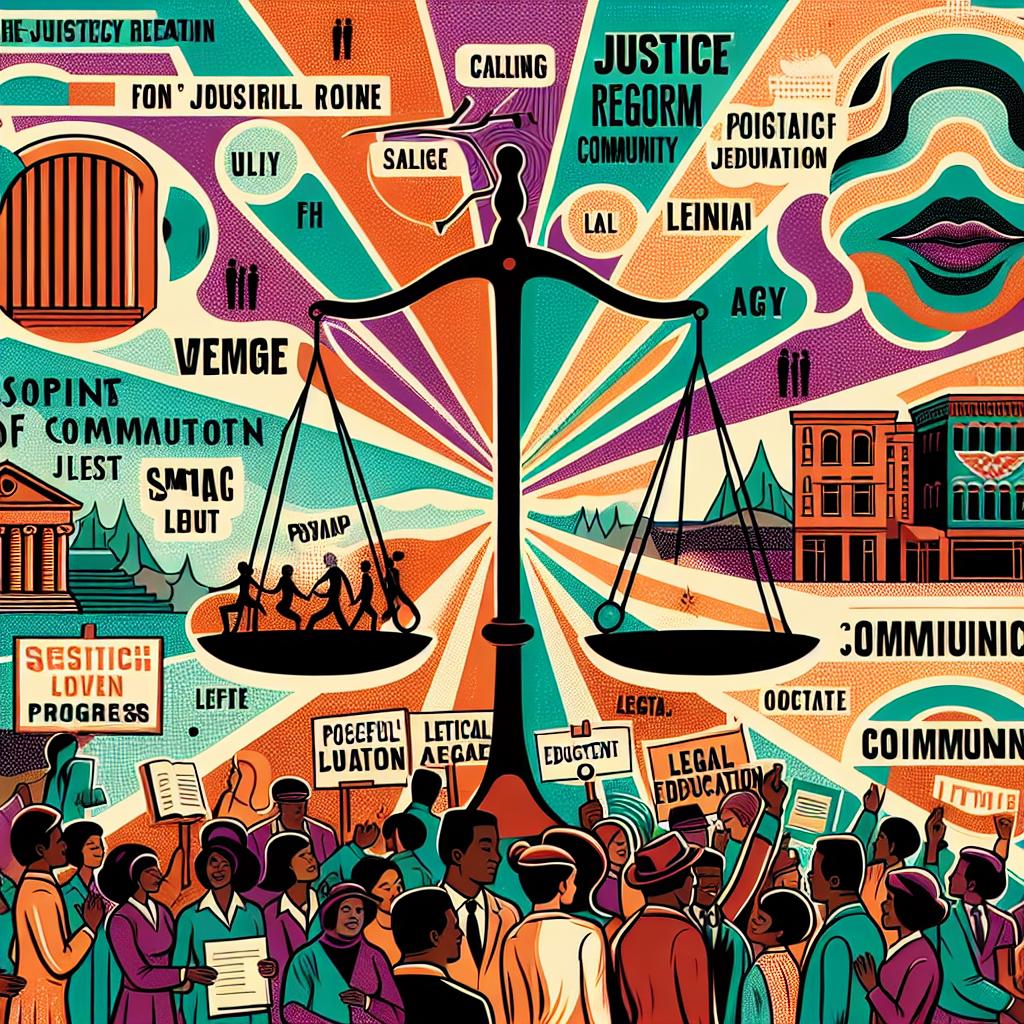Understanding the Landscape of Facial Recognition Technology
The evolution of surveillance technology has always been intertwined with civil rights, a dynamic that presents challenges and necessitates a careful approach to innovation. Currently, facial recognition technology—a tool intended to enhance public safety—is revealing deep-seated biases that provoke serious ethical questions.
Civil rights groups are actively raising alarms about the biased nature of facial recognition technology. As these organizations delve into the data, they discover that the implementation of this technology often systemically disadvantages certain demographics, especially marginalized communities. It is becoming increasingly clear that despite the technology’s purported benefits, its unregulated use carries the risk of significant societal harm.
Not all jurisdictions are turning a blind eye to this issue. Several cities and states across the United States have taken steps to either ban or restrict law enforcement’s use of facial recognition technology. This wave of legislative scrutiny reflects an increasing recognition of the need to balance public safety with civil rights concerns, paving the way for discussions surrounding the ethical use of AI.

The Data Behind the Bias
Recent studies have highlighted significant racial and gender biases in current AI models. For instance, algorithms often misidentify individuals from minority backgrounds at alarming rates compared to their white counterparts. In a well-documented study, researchers found that facial recognition systems could misidentify Black women by more than 30% higher rates than white males. This discrepancy not only raises questions about the effectiveness of the technology but also echoes historical patterns of discrimination rooted in policing methods.
This ongoing bias in facial recognition may lead to an erosion of public trust in law enforcement. When marginalized communities perceive surveillance measures as tools of discrimination rather than protection, a cultural chasm develops, fueling skepticism towards authority. Law enforcement agencies risk alienating constituents instead of fostering community rapport, complicating their primary responsibility to ensure safety.
A Commitment to Transparency and Ethical Development
In light of these growing concerns, many tech companies are reconsidering their approaches toward AI development. An increasing number of firms are pivoting towards more transparent and ethical AI practices. This shift suggests a growing recognition that the ethical implications of their technologies cannot be ignored and must be integral to their business models.
Tech giants are now grappling with the reality that clear transparency and public accountability are paramount, specifically when it comes to automated decision-making systems that affect people’s lives. AI developers are being encouraged to foster more inclusive datasets, ensuring representation that reflects the diversity of the population.
The conversation around facial recognition and civil rights ultimately surfaces fundamental questions about the kind of society we aim to build amid technological advancement. Are we prioritizing safety at the expense of rights, or is there a pathway toward a future where innovation and ethical considerations coexist harmoniously?
Moving forward, collaboration between lawmakers, tech innovators, and civil rights advocates will be crucial. As public demand for accountability intensifies, only continuous dialogues about surveillance technologies can ensure they serve to protect rather than punish.



